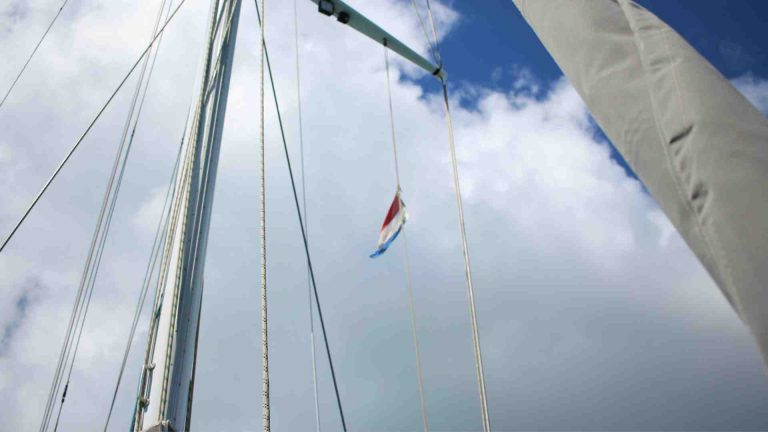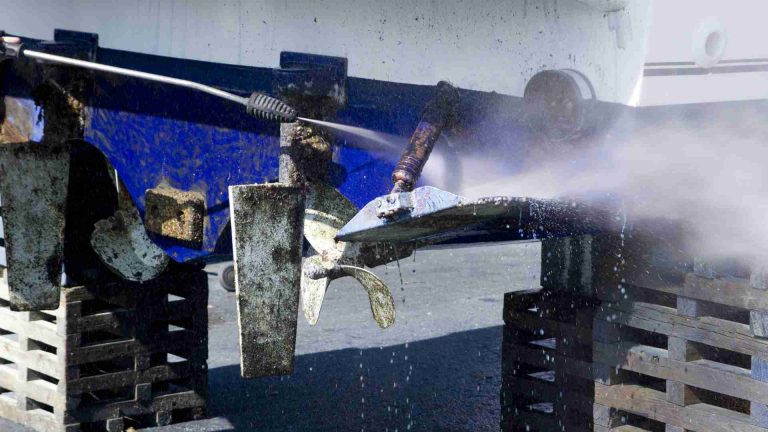Sailboat Buying Guide: Choosing The Right Sailboat
Sailing is more than just a hobby; it’s a lifestyle. Whether you’re an avid dinghy sailor dreaming of ocean voyages, a family looking to explore coastal waters, or someone inspired by YouTube sailing channels to set sail over the horizon, buying a sailboat is a significant step toward realizing your dreams. But with so many makes, styles, and sizes available, how do you choose the right boat for you? This comprehensive guide will walk you through everything you need to know to make an informed decision.
The Evolution of Sailboat Preferences
Forty years ago, the sailing world was dominated by the belief that a full-keel ketch was the only vessel capable of circumnavigating the globe. Then, someone raced across the Southern Ocean in a trimaran, challenging that notion. Twenty years ago, monohulls were the most common sight in cruising anchorages. Today, catamarans are increasingly popular, and the demographic of boat owners has shifted from empty nesters to young families raising children onboard. As technology and tastes evolve, so do the parameters for buying a sailboat. The most important thing to remember is this: There is no “right” boat—only the boat that is right for YOU.
Key Considerations When Buying a Sailboat
1. Monohull vs. Multihull: The Great Debate
The monohull versus multihull debate is one of the most divisive topics among sailors. Both have their pros and cons, and the choice ultimately depends on your sailing goals and preferences.
Monohulls: The Traditional Choice
Monohulls have long been considered the safer option, especially for bluewater cruising. Their deep draft and heavy keel provide stability in heavy seas, making them feel more secure in rough conditions. However, their weight means they require more wind to get moving, and they often struggle with downwind sailing in light airs.
Multihulls: The Modern Favorite
Catamarans, the most popular type of multihull, offer spacious living areas and shallow drafts, allowing them to access anchorages that are too shallow for monohulls. They are faster than monohulls of the same length and provide more privacy, as the living spaces are spread across two hulls. However, they require more maintenance due to having two engines and two heads, and they can be challenging to sail upwind.
2. One Mast or Two?
The number of masts on a sailboat affects its performance and handling. While sloops (one mast) are the most common, ketches (two masts) offer advantages such as easier sail handling and better weight distribution. Multi-masted catamarans are also an option, though less common.
Advantages of Two Masts
- More sail area means greater potential speed.
- Easier sail handling, especially when sailing short-handed.
- Improved weight distribution for better stability.
3. Construction Materials: What’s Best for You?
The material used to build your sailboat will impact its maintenance, durability, and performance. Here’s a breakdown of the most common options:
Wood
- Pros: Beautiful and classic.
- Cons: Heavy, high-maintenance, and prone to rot and shrinkage.
Steel
- Pros: Strong and easy to repair.
- Cons: Prone to rust and requires special antifouling paints.
Aluminum
- Pros: Lightweight, strong, and low-maintenance.
- Cons: Susceptible to corrosion if not properly maintained.
Fiberglass
- Pros: Durable, low-maintenance, and cost-effective.
- Cons: Can develop issues like osmosis if not cared for properly.
4. New vs. Used: Weighing Your Options
New Boats
- Pros: Customizable, warranty coverage, and the latest technology.
- Cons: Expensive and depreciate quickly.
Used Boats
- Pros: More affordable and a wide variety of options.
- Cons: May require repairs and maintenance.
When buying a used boat, always hire a marine surveyor to inspect the hull and equipment. A test sail is also recommended to evaluate the boat’s performance.
5. Size Matters: Finding the Right Fit
The size of your sailboat will impact everything from crew comfort to marina fees. While larger boats offer more space, they also come with higher costs and require more crew to operate. Smaller boats are easier to handle and more budget-friendly but may lack certain amenities.
Factors to Consider:
- Crew Size: Ensure there’s enough space for everyone to live comfortably.
- Marina Fees: Larger boats incur higher docking and storage costs.
- Haul-Outs: Maintenance costs increase with boat size.
6. Modern Conveniences: What Do You Really Need?
Boat life is simpler, but that doesn’t mean you have to sacrifice all comforts. Consider what amenities are essential for your lifestyle:
- Tankage: Larger water and fuel tanks extend your range.
- Refrigeration: A reliable fridge is a must for food storage.
- Connectivity: Satellite internet may be necessary for remote sailing.
Types of Sailboats for Different Sailing Activities
Your choice of sailboat should align with your intended use. Here are some popular sailing activities and the boats best suited for them:
Day Sailing
- Best Boats: Daysailers or small cabin sailboats.
- Features: Simple design, easy to handle, and ideal for protected waters.
Coastal Cruising
- Best Boats: Comfortable cruisers with ample living space.
- Features: Suitable for longer trips along the coast.
Offshore Cruising
- Best Boats: Robust, seaworthy vessels with advanced equipment.
- Features: Designed to handle various weather conditions.
Learning to Sail
- Best Boats: Stable dinghies or small keelboats.
- Features: Easy to maneuver and perfect for beginners.
Racing
- Best Boats: Lightweight dinghies or sport keelboats.
- Features: Fast and designed for competition.
Who Will Be Your Crew?
The size and experience level of your crew will influence your boat choice. If you’re sailing solo or with a small crew, opt for an easy-to-handle boat. For families, prioritize space and safety features.
Budget and Boat Size
Larger boats come with higher costs, not just in terms of purchase price but also maintenance, insurance, and berthing fees. Smaller boats are more budget-friendly and easier to manage.
New or Used: Which Is Right for You?
New boats offer customization and warranties but come with a hefty price tag. Used boats are more affordable but may require additional maintenance. Always inspect a used boat thoroughly before purchasing.
Essential Features to Consider
Stability and Maneuverability
- Choose a stable boat with good handling characteristics.
Comfort
- Consider amenities like berths, a galley, and storage space.
Sails and Rigging
- Sloops are the easiest to handle, while ketches offer more versatility.
Keel Type
- Fixed keels provide stability, while retractable keels offer access to shallow waters.
Instruments and Electronics
- Start with basic equipment and upgrade as needed.
Popular Sailboats for Beginners
Here are a few models that are ideal for first-time buyers:
- Bénéteau First 21.7: A 6.4-meter sailboat with a retractable keel, perfect for beginners.
- J/80: An 8-meter sailboat known for its ease of handling.
- Sun Odyssey 349: A 10-meter sailboat offering comfort and performance.
- Catalina 22: An affordable and reliable option for short cruises.
Final Thoughts
Choosing the right sailboat is a deeply personal decision that depends on your sailing goals, crew size, and budget. Whether you opt for a monohull or multihull, a new or used boat, the most important thing is to find a vessel that suits your needs and allows you to enjoy the freedom and adventure of sailing. Take your time, do your research, and consult with experts to ensure you make the best choice. After all, the best sailboat is the one that brings you joy and fulfills your sailing dreams.
By considering all these factors, you’ll be well on your way to finding the perfect sailboat for your next adventure. Happy sailing!
Happy Boating!
Share Choosing the Right Sailboat for You: A Comprehensive Guide with your friends and leave a comment below with your thoughts.
Read Express Cruiser Boats: A Comprehensive Guide until we meet in the next article.






